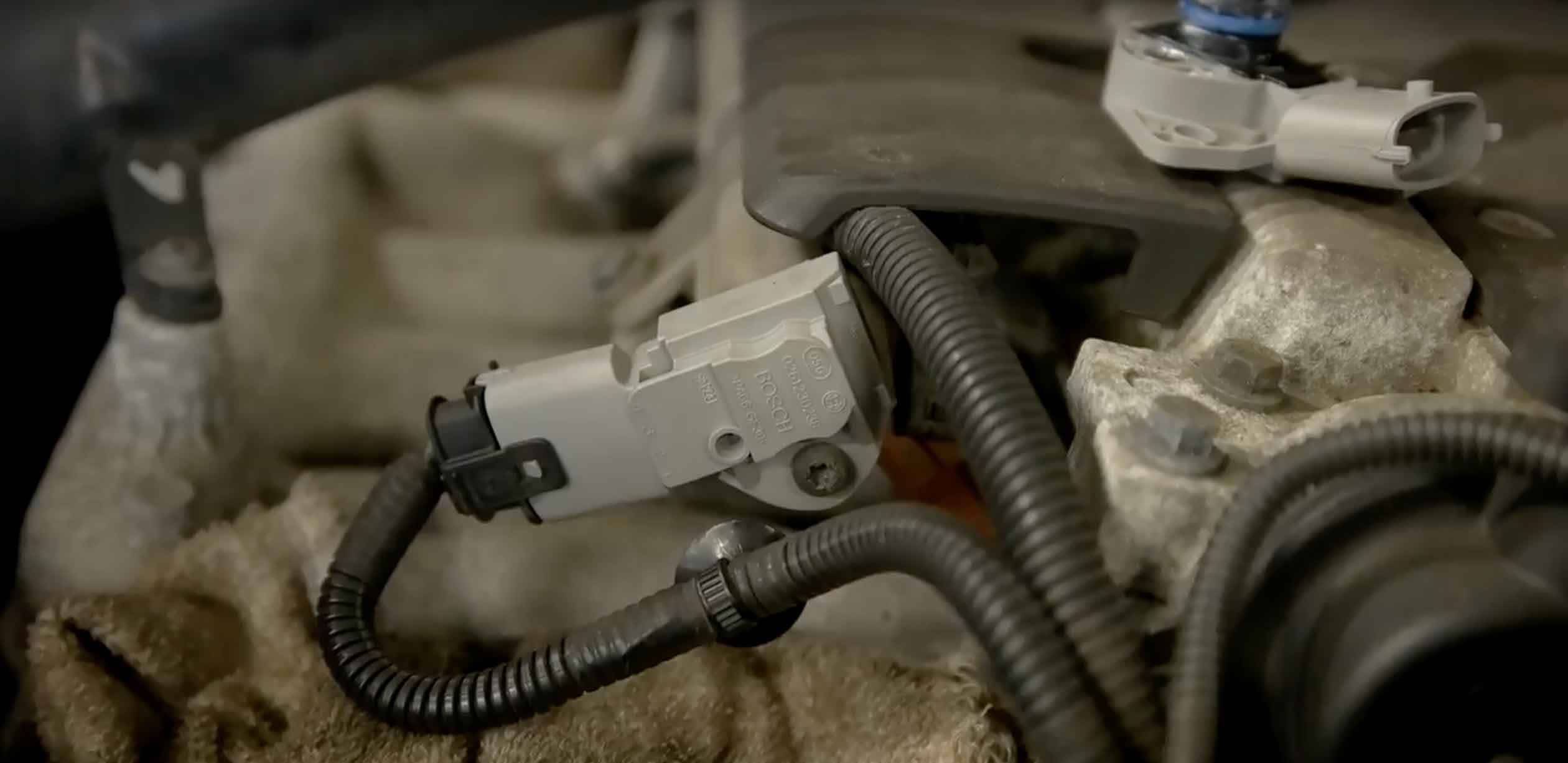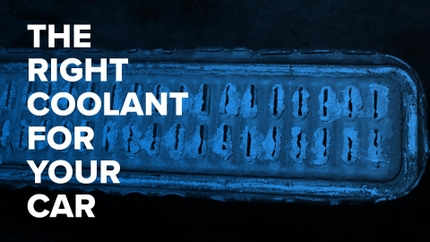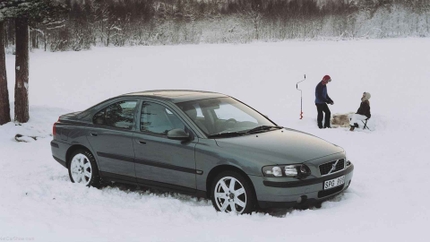A common failure on P1, P2, and P3 Volvo chassis are fuel pressure sensors—and you don't want that to happen. Here's a full tutorial on how to replace it.

What Even Is A Fuel Pressure Sensor?
A fuel pressure sensor is responsible for metering the fuel pressure inside your fuel rail, and reporting back to the ECM (engine control module). The ECM then takes this value and uses it in conjunction with engine load and other metrics to determine the amount of current required by the fuel pump to keep up with demand. The fuel pump is controlled by the fuel pump control module via pulse width modulation.
How Do I Know If My Sensor Is Bad?
The best way to diagnose a faulty sensor would be with a scan tool. Plug in the scan tool and read the fuel pressure sensor value while comparing the reading to a fuel pressure gauge that's hooked up to your fuel rail Shrader valve. A faulty fuel pressure sensor can cause several issues in your Volvo including:
- DTC ECM280B
- DTC ECM280C
- Hard Start Condition
- No Start Condition
- Poor Driveability
What Do I Need To Replace It?
- T25 Torx Socket
- Cutting Pliers
- Rags
- Silicone Grease
- Pocket Screw Driver
- Safety Glasses
- Zip Tie
Installation:
You can learn how to replace the Fuel Pressure Sensor in your P2 chassis Volvo by watching the following video:
If you have any questions or comments on this DIY guide, please leave them in the comments section below.










